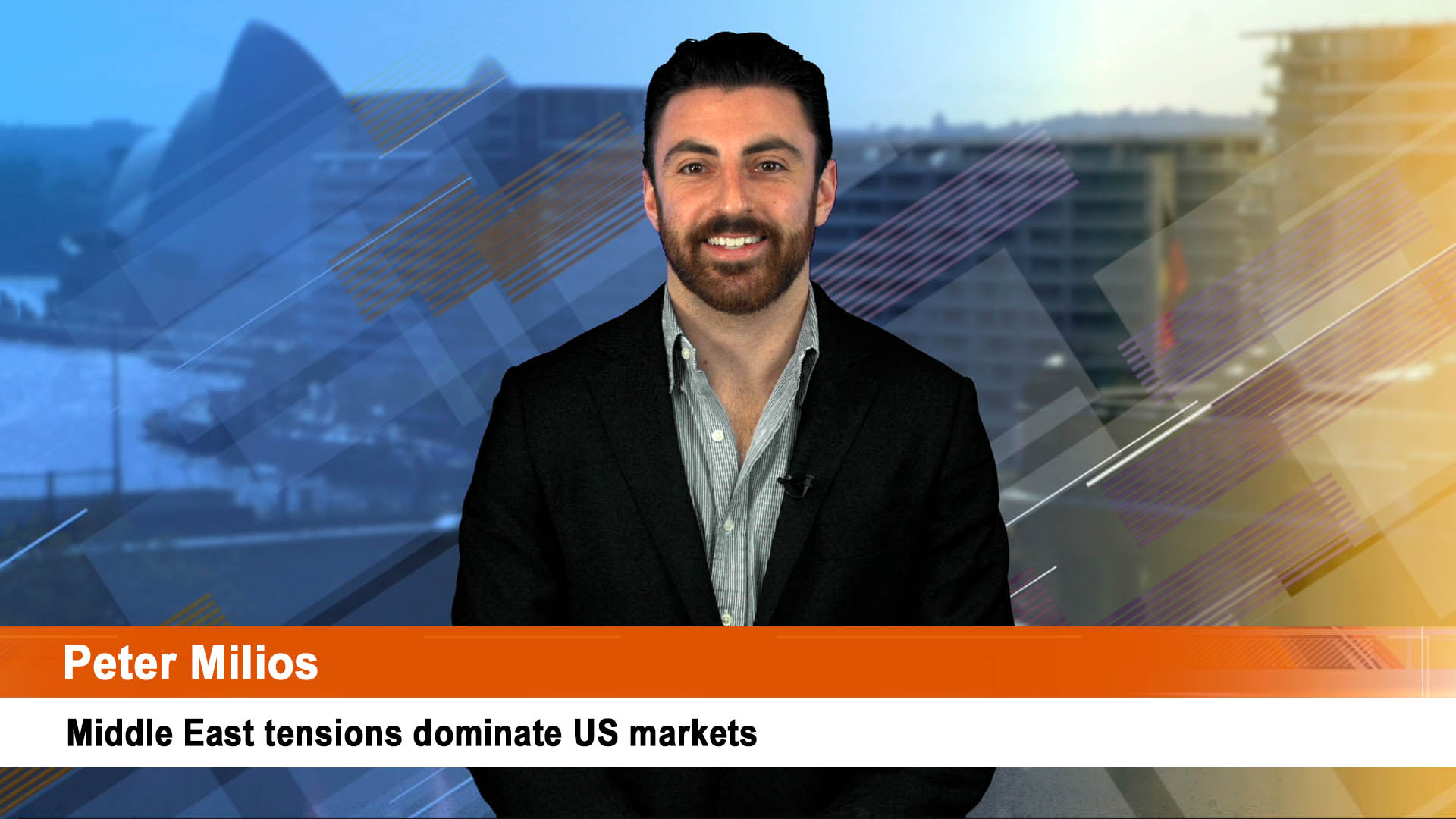For the 8th time in two years, China’s central bank has cut the amount of cash that all banks must hold as reserves – a move that will again pump more than $US100 billion into the economy via bank loans.
The move boosted global stock markets at the start of January as trading for the new year kicked off.
The People’s Bank of China (PBOC) said on its website it will cut banks’ reserve requirement ratio (RRR) by 50 basis points, effective from Monday, January 6. The move would bring the level for big banks down to 12.5% while the ratio for smaller lenders will drop to 10.5% from 11%.
The PBOC has now cut the RRR eight times since early 2018 to free up more funds for banks to lend as economic growth slows to the weakest pace in nearly 30 years.
But growth has slowed from 6.8% in 2017 to around 6% in 2019. The RRR cuts probably helped growth falling even further and also held up property investment and activity.
Of the latest funds released, small and medium banks would receive around 120 billion yuan as the central bank stressed that it should be used to fund small, local businesses (and not used to finance stockmarket and property speculation).
The PBOC said lower reserve requirements will reduce banks’ annual funding costs by 15 billion yuan, which would in turn ease pressure on profit margins from recent interest rate reforms.
The most notable was the move at the end of December to switch existing floating-rate loans to the new benchmark rate starting from January 1 as part of a broader effort to lower financing costs.
Another cut in China’s new loan prime rate (LPR) is expected this month before the Lunar New Year holiday starts on January 25.
Economists say the boosting of liquidity now will cut the risks of a credit crunch ahead of the New Year holidays when demand for cash surges.
The PBOC says it expects total liquidity in the banking system to remain stable ahead of the Lunar New Year.
China’s December and 2019 economic data (trade, inflation, production, retail sales, investment, car sales, loans and house prices and investment as well as GDP) will be released before the holidays, starting late next week
China plans to set a lower economic growth target of around 6% in 2020. Annual growth has slowed from 6.8% in 2017 to 6% in the third quarter of 2019, the slowest since the early 1990s.












